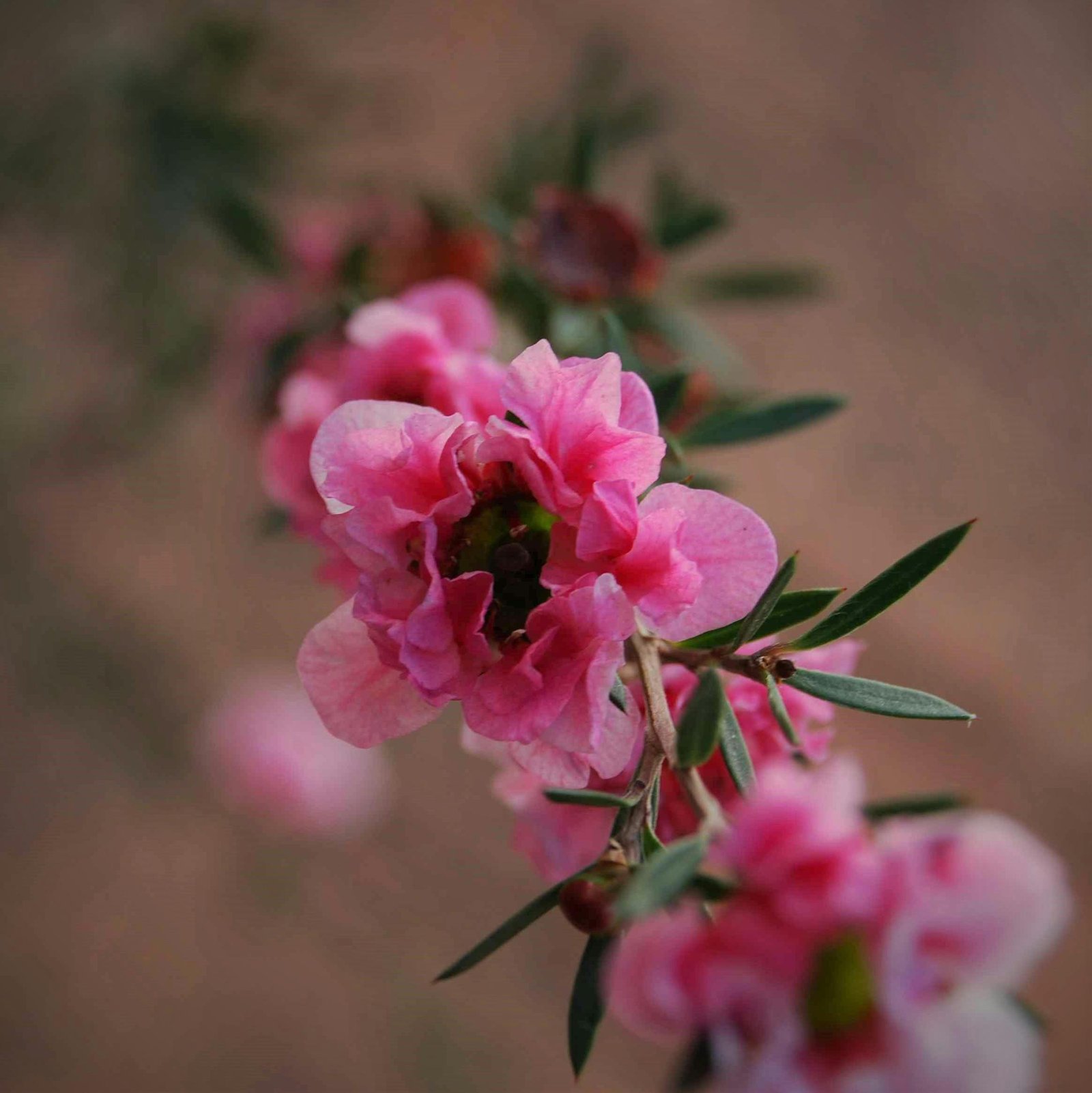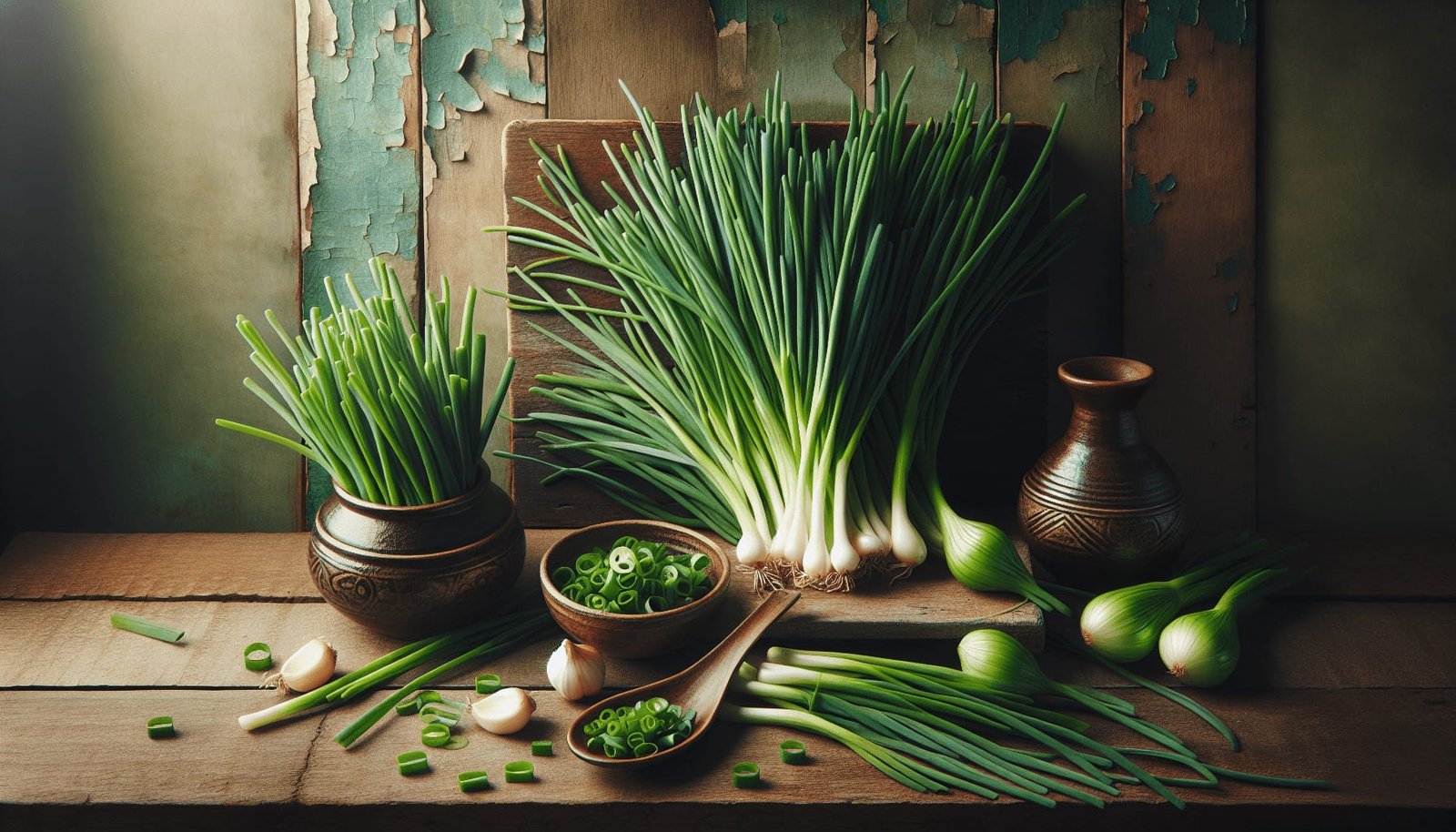Have you ever wondered how traditional Korean garlic chive kimchi, known as buchu kimchi, is made and enjoyed? This unique variation of kimchi, using garlic chives, offers a distinct flavor profile that has been cherished for generations in Korea. Whether you’re a fan of spicy foods or simply curious about cultural culinary practices, this article will take you through the fascinating process of preparing and savoring this delightful dish.
What is Buchu Kimchi?
Buchu Kimchi is a type of Korean kimchi made primarily with garlic chives, known as “buchu” in Korean. Unlike the more commonly known cabbage kimchi, this version focuses on the robust flavors and aromas of garlic chives. It’s a seasonal delicacy often enjoyed in the spring and summer when garlic chives are at their peak freshness. Although it shares some ingredients with other types of kimchi, buchu kimchi has its own unique character that sets it apart from other variations.
Understanding the Ingredients
To make authentic buchu kimchi, you first need to understand the key components involved in preparing it. The primary ingredient, garlic chives, provides a garlicky flavor without the intense pungency of raw garlic cloves. This makes it suitable for those who prefer a milder garlic taste. Let’s take a look at the main ingredients used in making buchu kimchi:
- Garlic Chives (Buchu): The star of the dish, these chives offer a subtle garlic taste and a beautiful green color.
- Korean Red Pepper Powder (Gochugaru): This provides the signature heat and color found in kimchi.
- Fish Sauce: A traditional seasoning that adds depth of flavor.
- Salted Shrimp (Saeujeot): These small fermented shrimps enhance umami.
- Garlic and Ginger: Minced garlic and ginger add layers of complexity.
- Scallions: These bring a mild onion flavor.
- Salt: Essential for fermentation and flavor balance.
Traditionally, these ingredients are combined to create a harmony of flavors that meld beautifully during fermentation. Each ingredient plays a crucial role, ensuring that the buchu kimchi is both delicious and authentic.
Preparing the Ingredients
Before you start blending flavors, it’s important to properly prepare each ingredient. This preparation stage is crucial to ensure that your buchu kimchi not only tastes good but also looks and ferments well.
Cleaning and Cutting the Garlic Chives
Begin by thoroughly washing the garlic chives to remove any dirt or debris. After washing, gently pat them dry with a towel. Once cleaned, cut the garlic chives into 2-3 inch (5-7.5 cm) pieces. This size is ideal for absorbing flavors and fitting nicely into storage containers or jars.
Preparing the Seasoning Paste
Next, you’ll need to create a flavorful paste that will be used to coat the garlic chives. Combine the gochugaru, fish sauce, minced garlic, ginger, and salted shrimp in a bowl. Mix them together until a smooth paste is formed. This paste is the heart of your kimchi, imbuing it with taste and aroma.
Mixing the Ingredients
In a large mixing bowl, gently toss the cut garlic chives with thinly sliced scallions. Add the seasoning paste and, using your hands (preferably with gloves), mix everything together until the chives and scallions are evenly coated. Make sure every piece is thoroughly covered, as this will ensure an even fermentation and enhance flavor development.

The Fermentation Process
Fermentation is what makes kimchi truly special. It not only preserves the vegetables but also unlocks complex flavors and beneficial probiotics. The process of fermenting buchu kimchi can be intimidating for beginners, but it’s relatively simple once you understand the basics.
Understanding Fermentation Basics
Fermentation is a natural process where beneficial bacteria consume sugars and produce lactic acid, preserving the vegetables and creating the tangy flavor we associate with kimchi. The key factors affecting fermentation include temperature, time, and salt concentration.
Storing and Fermenting Buchu Kimchi
Once your garlic chives are coated with the seasoning paste, it’s time to store them for fermentation. Pack the mixture tightly into a clean, air-tight jar or container. It’s important to leave some space at the top of the jar, as the contents will expand slightly during fermentation.
Seal the jar and leave it at room temperature (approximately 18-22°C or 65-72°F) for 1-2 days. The warmer the environment, the faster the fermentation process will occur. After a couple of days, taste the kimchi. If it has reached your desired level of ferment, transfer it to the refrigerator to slow down the process. Buchu kimchi is typically enjoyed fresh, after a shorter fermentation period compared to cabbage kimchi.
Savoring Buchu Kimchi
Once your kimchi has fermented to perfection, you can enjoy it in many delightful ways. Buchu kimchi is incredibly versatile and can accompany various dishes or be eaten on its own.
Enjoying Buchu Kimchi Fresh
Traditional buchu kimchi is often enjoyed fresh and is best when consumed within a week or two of preparation. This ensures that you experience the full spectrum of flavors before they become too sour or intense from further fermentation.
Serving Suggestions
- As a Side Dish: Buchu kimchi pairs well with steamed rice or Korean meals. Its fresh, zesty flavors complement grilled meats, stews, or noodles.
- In Pancakes: You can chop the kimchi and add it to pancake batter for a flavorful twist on traditional Korean pancakes (buchujeon).
- Stir-fried: Use buchu kimchi as an ingredient in stir-fried dishes for a pop of color and spice.
- In Soups: It can add flavor to clear soup broths, providing a spicy and aromatic element.
Health Benefits
Kimchi, including buchu kimchi, is well-regarded for its health benefits. It is rich in vitamins such as A, B, and C, but its main draw is its “healthy bacteria” called lactobacilli, which aids digestion. Consuming kimchi has been associated with a stronger immune system and improved gut health.

Exploring Variations and Personal Preferences
The beauty of making kimchi at home lies in experimenting with variations and adjusting the recipe to fit your personal taste preferences.
Adjusting Spice Levels
If you prefer a milder flavor, you can reduce the amount of gochugaru in the seasoning paste. For those who enjoy more heat, adding extra pepper powder or even fresh chili peppers can enhance the spice profile.
Adding Additional Ingredients
Some recipes include additional vegetables such as radishes, carrots, or napa cabbage for extra texture and flavor. You can also experiment with different types of seafood or fish sauces to create new umami layers.
Troubleshooting Common Challenges in Kimchi Making
Even seasoned kimchi makers can encounter challenges during the fermentation process. Let’s address a few common issues to empower you to correct them, ensuring that your buchu kimchi turns out delicious every time.
Kimchi is Too Salty
If you find your kimchi to be overly salty, reduce the salt or fish sauce in your initial paste mixture the next time. While fermenting, adding a small amount of water can help distribute the salt more evenly.
Kimchi Lacks Flavor
For kimchi that tastes bland, consider letting it ferment a little longer or adjusting the amount of seasoning ingredients like garlic, ginger, or gochugaru. The keys to kimchi’s robust flavor are balance and fermentation time.
Kimchi is Not Fermenting
Ensure your kimchi jar is placed at the right room temperature and leave it to ferment longer if needed. If no fermentation activity occurs, check for proper sealing and reconsider ingredient freshness.

Embracing the Cultural Significance of Kimchi
Kimchi holds a special place in Korean culture, extending beyond its role as a beloved side dish. The preparation and sharing of kimchi are often communal activities, bringing families and communities together.
Kimjang: The Community Aspect
Kimjang is the traditional practice of making large quantities of kimchi before the winter months. This event is not just about preparing food, but also fostering community spirit and sharing abundance with others. Although it typically involves cabbage kimchi, similar practices can apply to buchu kimchi as families gather to incorporate freshly harvested ingredients like garlic chives.
Kimchi’s Place in Korean Cuisine
No Korean meal is complete without a plate of kimchi, highlighting its importance in everyday dining and celebratory feasts alike. As you savor your homemade buchu kimchi, you participate in a long-standing tradition that encapsulates Korea’s rich culinary heritage.
Conclusion
Creating your own batch of traditional Korean garlic chive kimchi can be a rewarding culinary adventure. From the selection of fresh ingredients to the careful orchestration of fermentation, each step contributes to a dish that is both flavorful and healthful. By understanding how to prepare, ferment, and enjoy buchu kimchi, you can appreciate its role not only as a staple within Korean cuisine but also as a testament to the art of fermentation deeply rooted in cultural tradition. Embrace the satisfaction of making this unique kimchi and relish every bite of its delicious, spicy goodness. Whether you’re enjoying it fresh or in a variety of dishes, buchu kimchi offers a delightful experience that’s worth cherishing and sharing.

